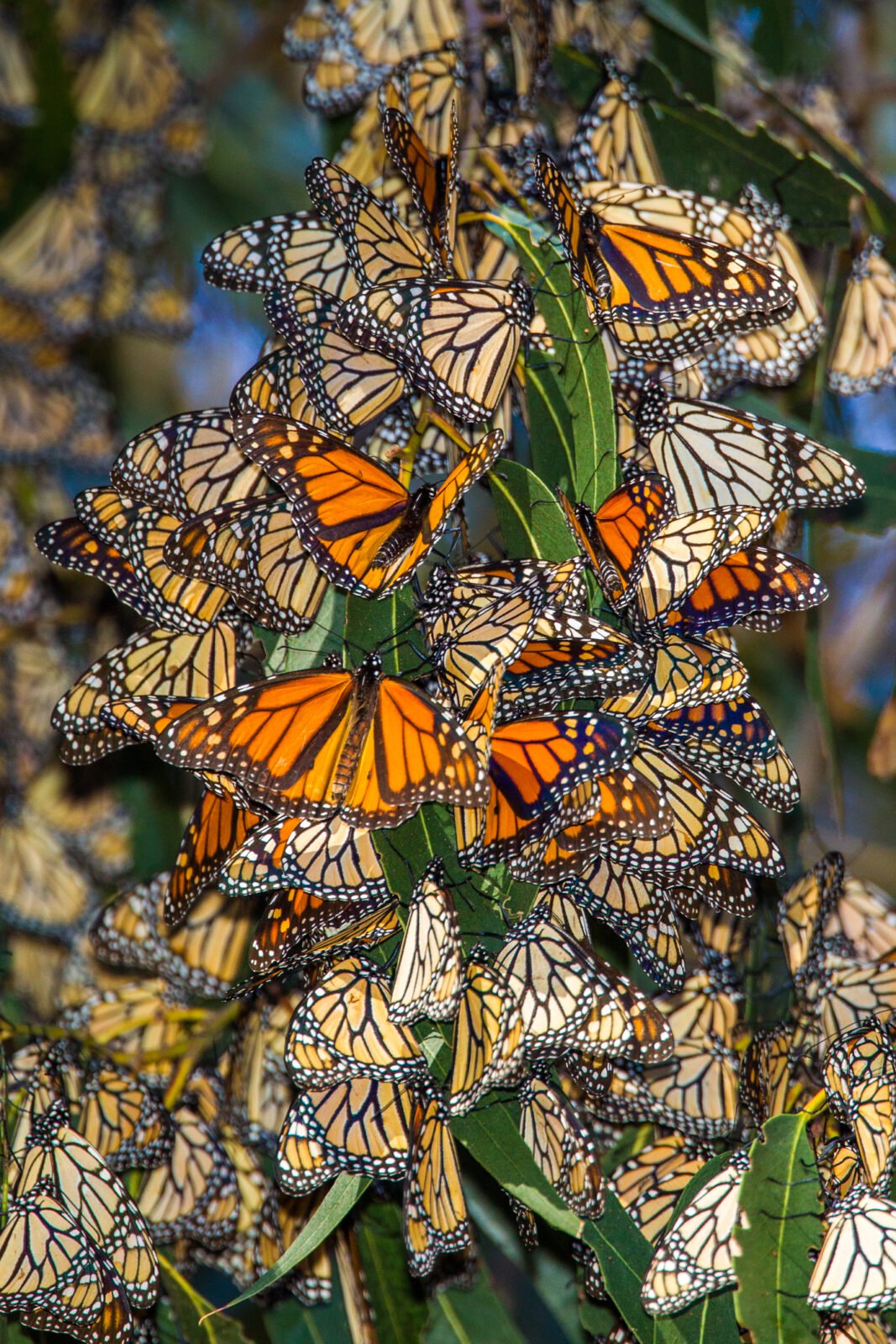
Native News Recap: 2022
Here’s a native news recap looking back at some of the biggest native plant news stories of the...
Most people love the sight of a deer at the side of the road, docilely chewing on some grass, but if you’ve ever had your garden eaten down to the roots, you might be more frustrated with our ruminant friends. Fortunately, you can plant certain trees, shrubs and grasses that are less likely to be eaten. There is no such thing as a 100% deer-resistant plant, since their dietary habits change frequently mostly impacted by the change in weather. It also depends on time of year, what else is available for the deer to eat and more. What’s deer-resistant to me, could be the deer in your neighborhood’s favorite plant! And don’t forget that deer get hungry and thirsty in the late summer and will eat almost anything with any moisture in the leaves making your beautifully irrigated and fertilized plants absolutely irresistible! Features of Deer Resistant Native Plants
There are other things you can do to keep deer out of your garden, as well:
Here are some good deer resistant, native plants you can use:

Here’s a native news recap looking back at some of the biggest native plant news stories of the...
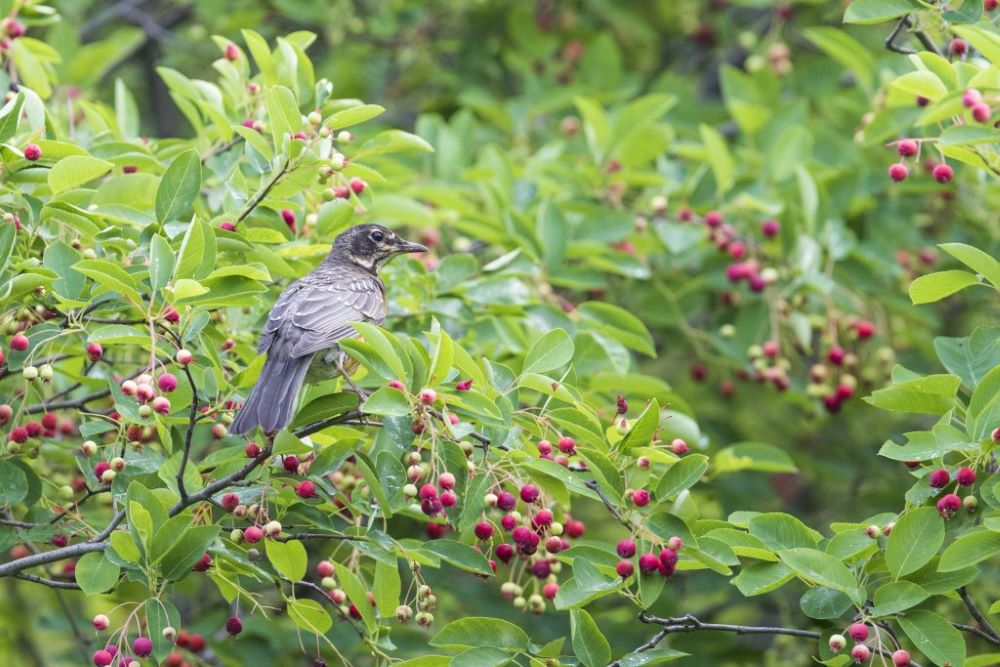
In the past we have emphasized the importance of keystone species in supporting bird populations,...
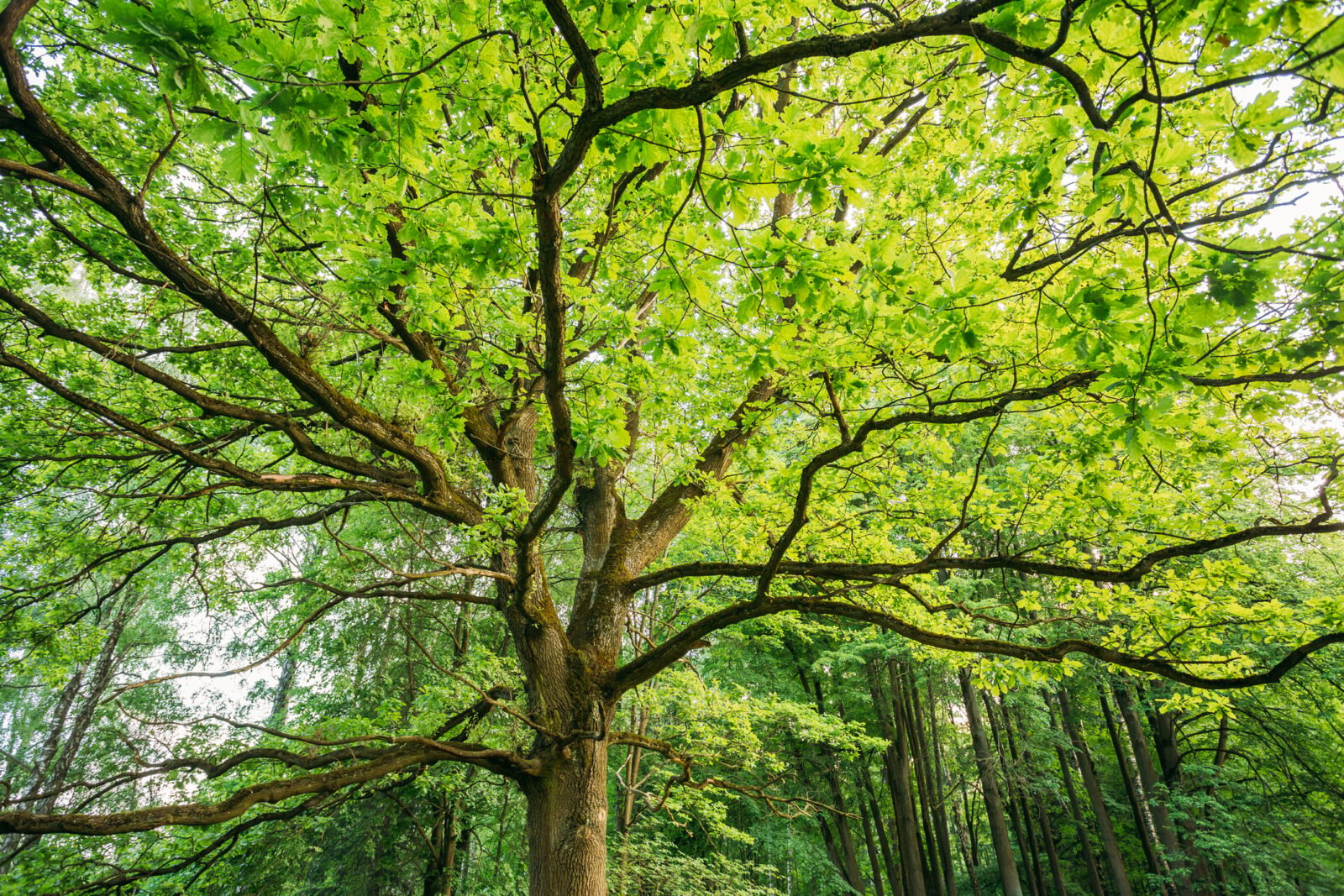
Perennials are the stars of most gardens, and no wonder! They provide a variety of shapes and col...
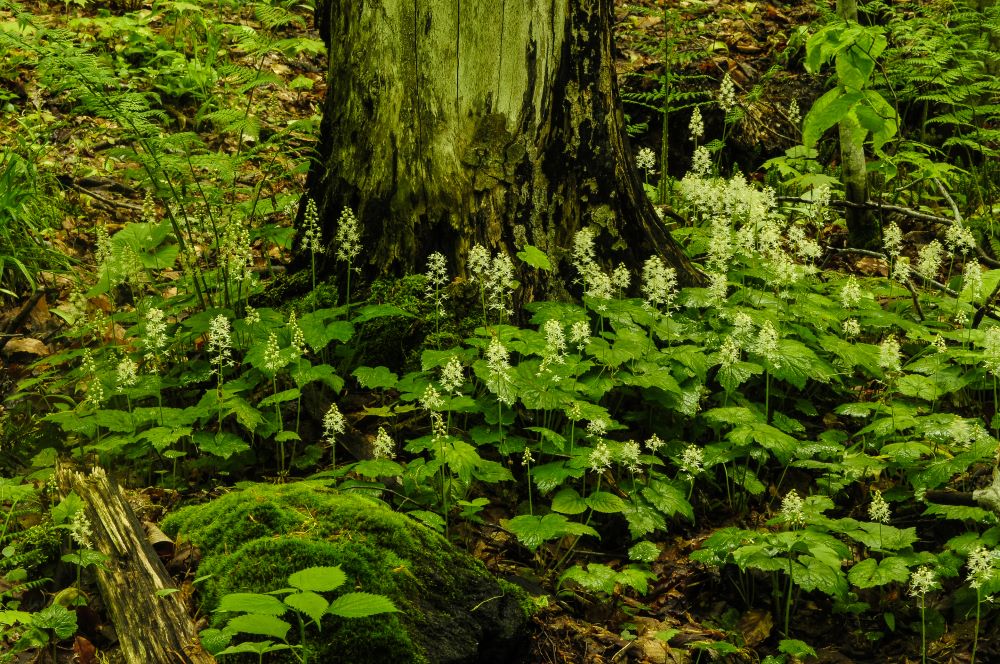
These native ground covers for shade make a perfect living mulch by holding in moisture, keeping ...

Gardening is ‘In’! Over the past two years gardening has suddenly become very popular with pe...

Mothers give us so much, but sometimes it takes a while for us to appreciate the gifts that we ca...
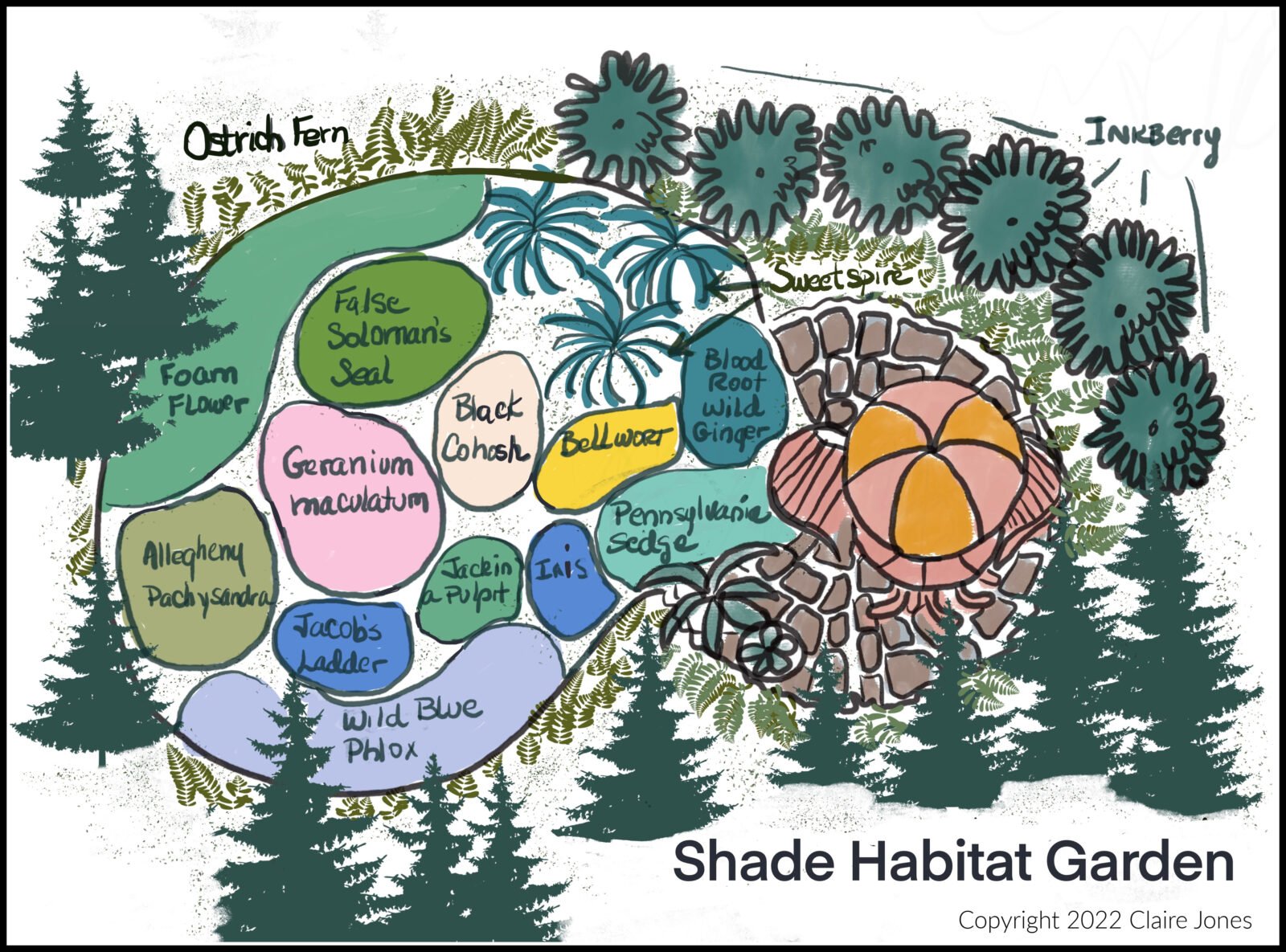
This is the second part of my Habitat Heroes Design series. The first part was a sunny garden of ...
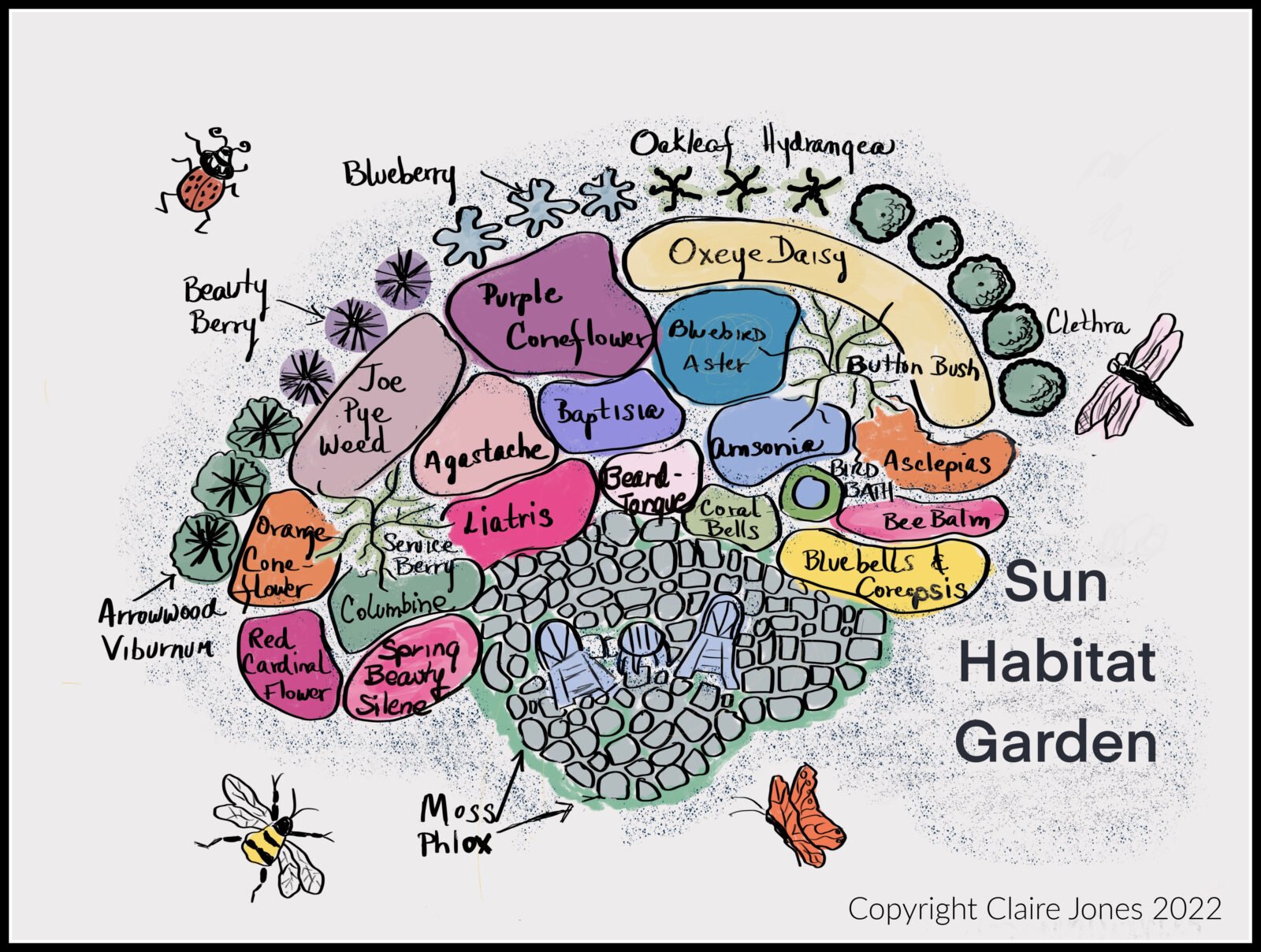
This blog post will cover how to design and install a Sunny “Habitat Hero Garden” with native...
Now Shipping for Spring 2024!